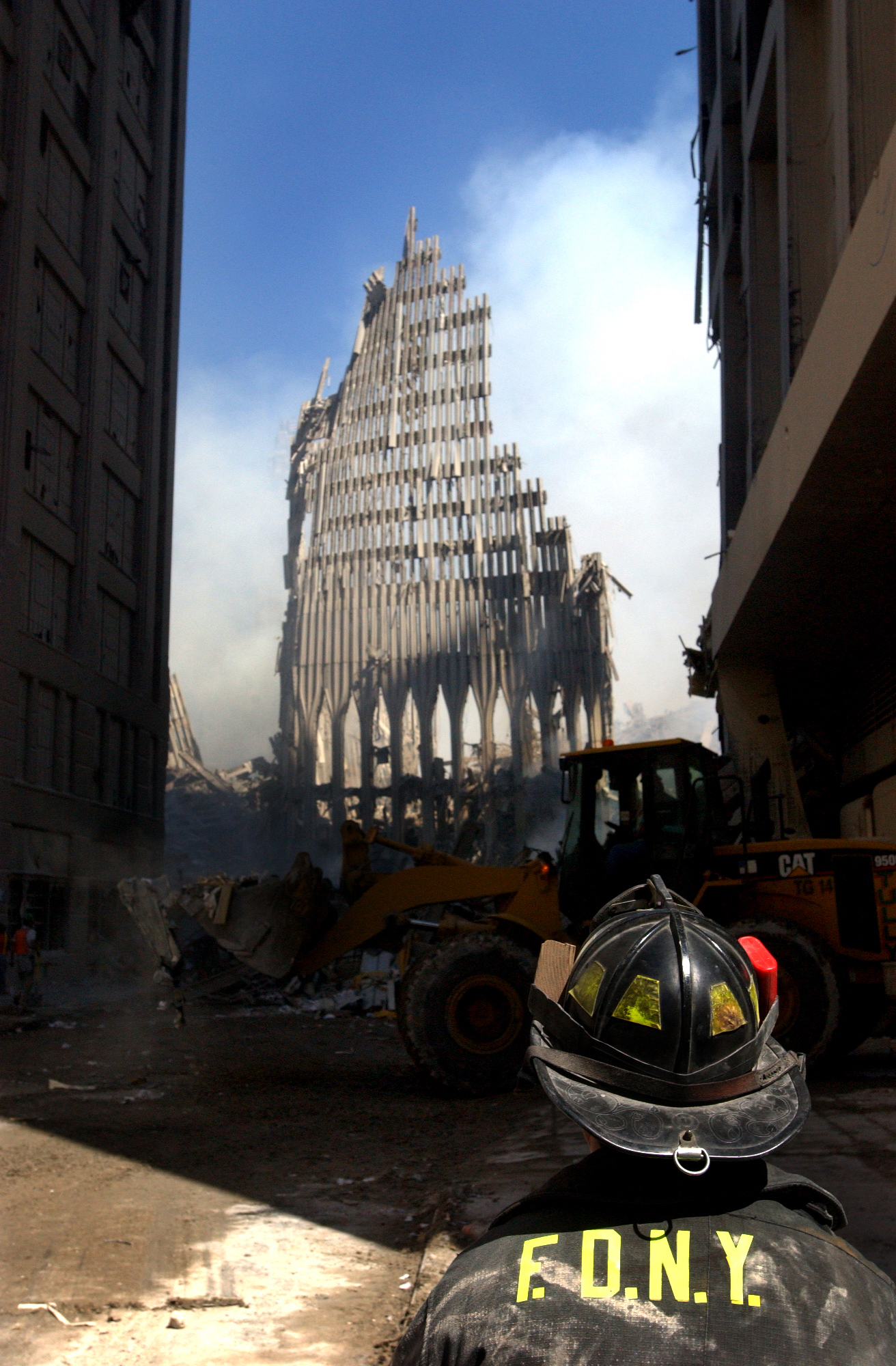Difference between revisions of "Security issue: Destruction by fanatics"
| Line 19: | Line 19: | ||
* perceived as attainable target |
* perceived as attainable target |
||
* destruction would 'further the cause' |
* destruction would 'further the cause' |
||
==== Socioeconomic causes==== |
|||
The roots of terrorism can also be found in certain poor or unfavourable conditions with regards to [[The economics of terrorist behaviour|socio-economic factors]] such as relative economic deprivation (manifested in poverty, income inequality, etc.), socio-economic change (fostered by the process of for example modernisation) and economic and political integration. [[The economics of crime|Crime]] is closely related to poverty, social exclusion, wage and income inequality, cultural and family background, level of education and other economic and social factors. |
|||
== Impacts == |
== Impacts == |
||
Revision as of 12:37, 30 November 2012
Contents
Security issue: Destruction by fanatics
Destruction by fanatics is the crime of purposely causing damage in order to make a statement or to influence the public opinion. This threat is exerted out of wilful action by either terrorists or criminal activists.
Description
We see that the subject of fanatics (terrorists or criminal activists) can be either persons, objects, or both. This category of security issues focusses on the threat directed towards objects. When directed at people, it falls under the category of mass killing.
The motives for destructing objects by fanatics can mostly be found in the amount of attention that this yields. This motive gives a very good clue of what might be potential targets for fanatics: not only should its destruction yield a fair amount of attention, but also it should be the kind of attention that would help the fanatics' 'cause'. Depending on the fanatics faction, this can entail a wide variety of reactions; for some factions, negative attention is not unwanted. We see this in the 11 September 2001 attack on the New York Trade Center. Although this generated almost uniformly negative responses in the western world, this was received with joy by the responsible faction (al-Qaeda).
Another motive for attacking objects is as a force multiplier for an attack on people. This can be used on urban objects if:
- the object can be potentially harmful to humans (such as chemical plants, oil/gas refineries and storages, nuclear plants, etcetera)
- the object provides an essential service to the well-being of humans and belongs to the critical infrastructure. In this case, its failure can bring harm to the people.
If either of these conditions is true, one should be aware that in the eyes of fanatics seeking mass killing, it could be perceived as an attractive object and appropriate measures could be in order.
Attributing circumstances
- attractive object
- perceived as attainable target
- destruction would 'further the cause'
Socioeconomic causes
The roots of terrorism can also be found in certain poor or unfavourable conditions with regards to socio-economic factors such as relative economic deprivation (manifested in poverty, income inequality, etc.), socio-economic change (fostered by the process of for example modernisation) and economic and political integration. Crime is closely related to poverty, social exclusion, wage and income inequality, cultural and family background, level of education and other economic and social factors.
Impacts
The impacts of destruction by fanatics can range from fairly minor to very severe, but for the persons involved the act are almost invariably traumatic.
The example of the September 2001 attacks are well-known, but one should realise that many more terrorist factions exist. One of the manifestations of destruction of properties is destruction by fanatics that are concerned with the preservation of the ecosystem, also known as Eco-terrorism. These activities range from sabotage, to arson and even the firing of rockets[1].
A list of current organisations that are designated as being of a terrorist nature, can be found on Wikipedia on the page List_of_designated_terrorist_organizations.
In order to assess the attractiveness of any urban object for this threat, one should compare the motives and prevailing attack methods of each of these terrorist groups with the properties of the object at hand. As these threats will change over the years and the object will not (interim alterations left aside), the urban planner should rather plan its measures for generic types of terrorist organisations.
Social impacts
Known social impacts of destruction by fanatics include changing citzens perception of (in)security and fear of crime. This usually happens in a way that has an effect on the gap between "felt" and "factual" secuirty, since individuals tend to make - correct or incorret - reasoning on societal security as a whole based on immediate environmentla clues. This is known as the "broken glass phenomenon".
Measures
- intelligence
- surveillance
- reaction force
Footnotes and references
MAP
<websiteFrame> website=http://securipedia.eu/cool/index.php?concept=Security issue: Destruction by fanatics width=100% border=0 scroll=auto align=middle </websiteFrame>
<headertabs/>
